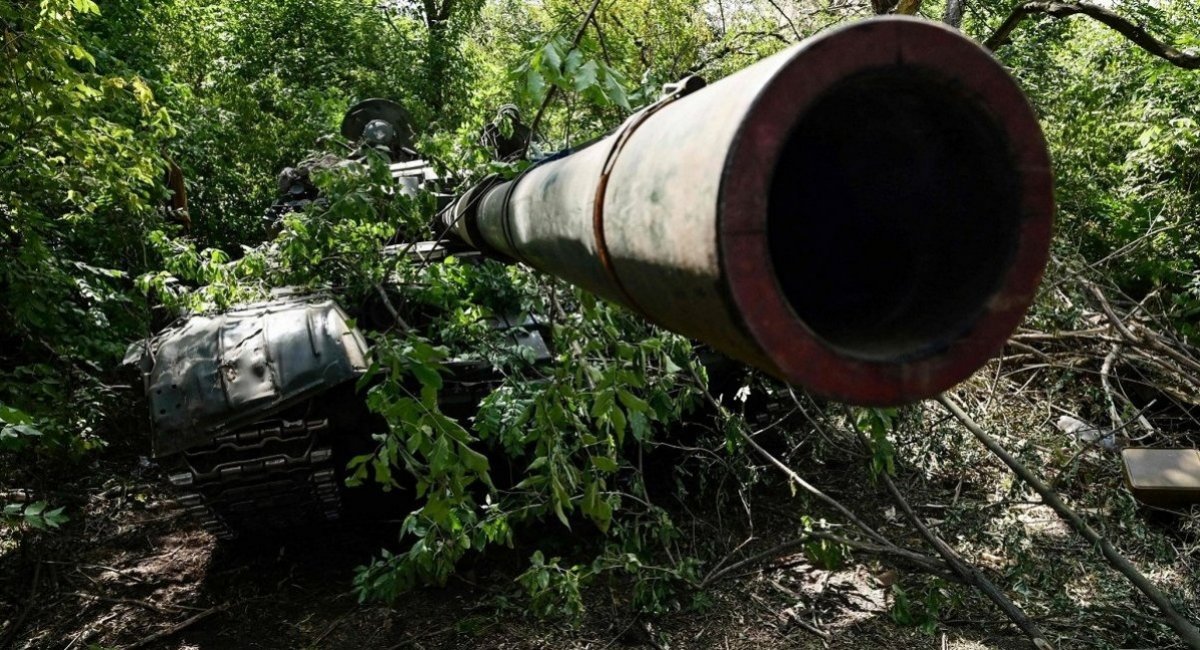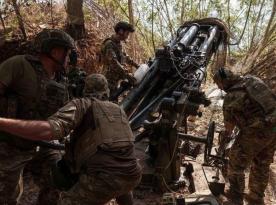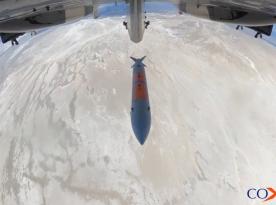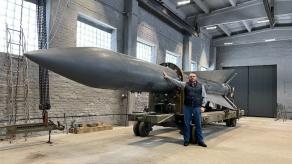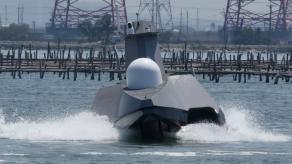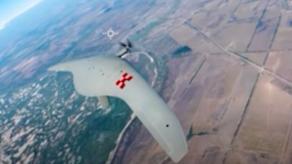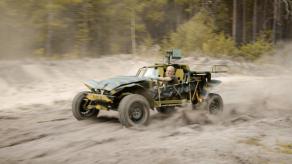From time to time in relation to tanks, an interesting topic arises regarding their use for so-called shooting from closed positions, when the tank begins to play the role of a self-propelled artillery gun, when aiming is carried out without direct visibility of the target at a range of 8-14 km.
This very role is said to be performed by russia’s T-54 and T-55, as say russia’s officials say. There’s also an alternative thought that they will simply be turned into pillboxes.
Read more: The Ukrainian Air Force Described the Capabilities of the russian Analogue of JDAM-ER Called UMPK
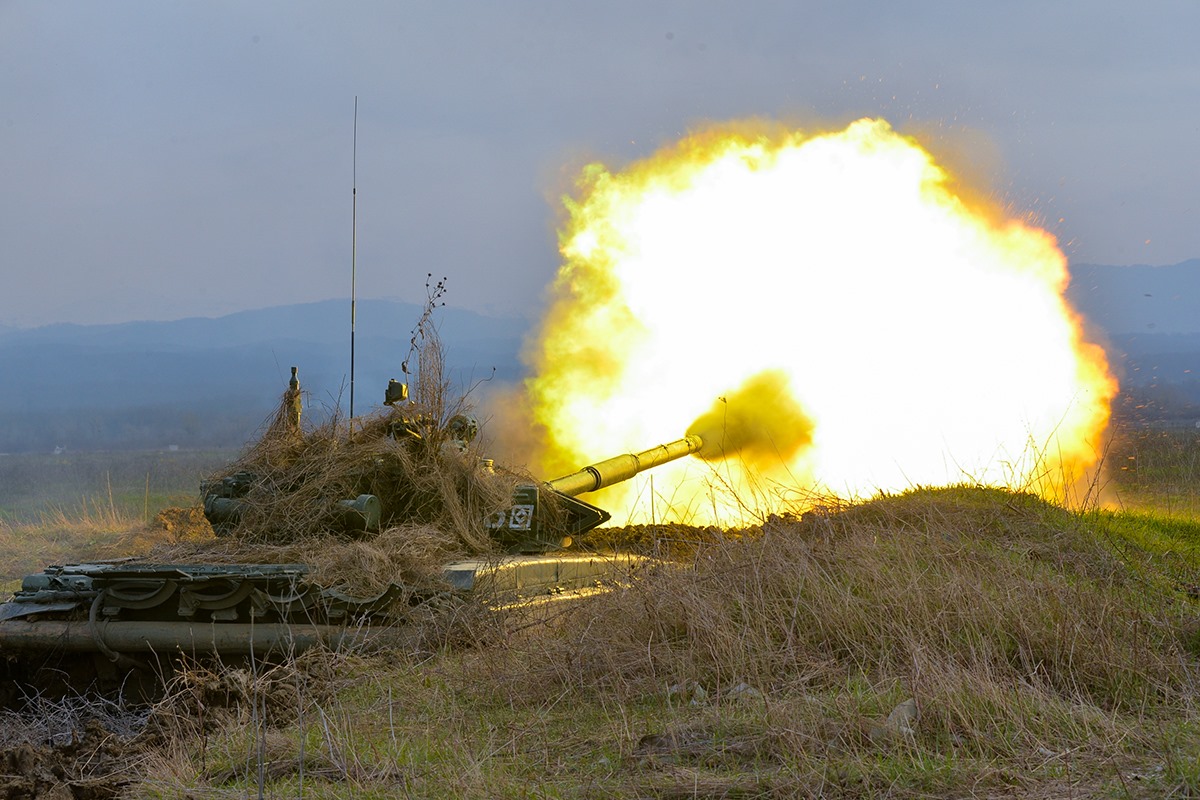
In the USSR, in the late 70s, using tanks for firing from closed positions was considered ineffective. In 2018, test trials were conducted in russia, when a company of the T-90 and a battery of the 2S19 Msta-S were taken to fire from closed positions.
The first task was the destruction of individual targets at medium firing ranges. After adjustment, self-propelled guns fit into an ellipse of 50 by 100 meters, tanks – 1,280 by 640, after adjustment it was 1,750 by 500 meters. The barrage fire was carried out with parameters of 250 by 130 for self-propelled guns, 700 by 600 meters for tanks, and during the exercise of stationary barrage fire, the tankers recorded an underflight of 1100 meters, which is a threat to own troops, and the average ellipse without abnormal deviations was 950 by 430 meters.

Now regarding the reasons for such a difference in firing from self-propelled guns and tanks. The most important thing is that artillery fire is not a standard task for tankers at all, and the tank was not created for this. And this means that it does not have the appropriate aiming devices for this.
In particular, even the most primitive self-propelled guns have an artillery panorama, which allows you to accurately aim the gun horizontally. The tankers have only an azimuth indicator for this, and an angular level for vertical guidance. There is a video below of firing from a tank from closed firing positions of a Ukrainian tank:
Another tool that gunners have is the ability to vary the power of projectile charges. And tankers can only use ready-made regular charges, since the main task of a tank is to fire with direct guidance. And for this task, when an important parameter is the achievement of the maximum speed of the projectile, tank barrels are created. Which is related to their small resource, because tank shells have a higher speed than artillery shells. In particular, the resource of modern artillery systems is 5-7 thousand shots. Tank gun resource is about one thousand shots. Also, the cost of tank shells, including high-explosive ones, is much higher than artillery shells, as they are designed for different speeds and are manufactured with greater accuracy.
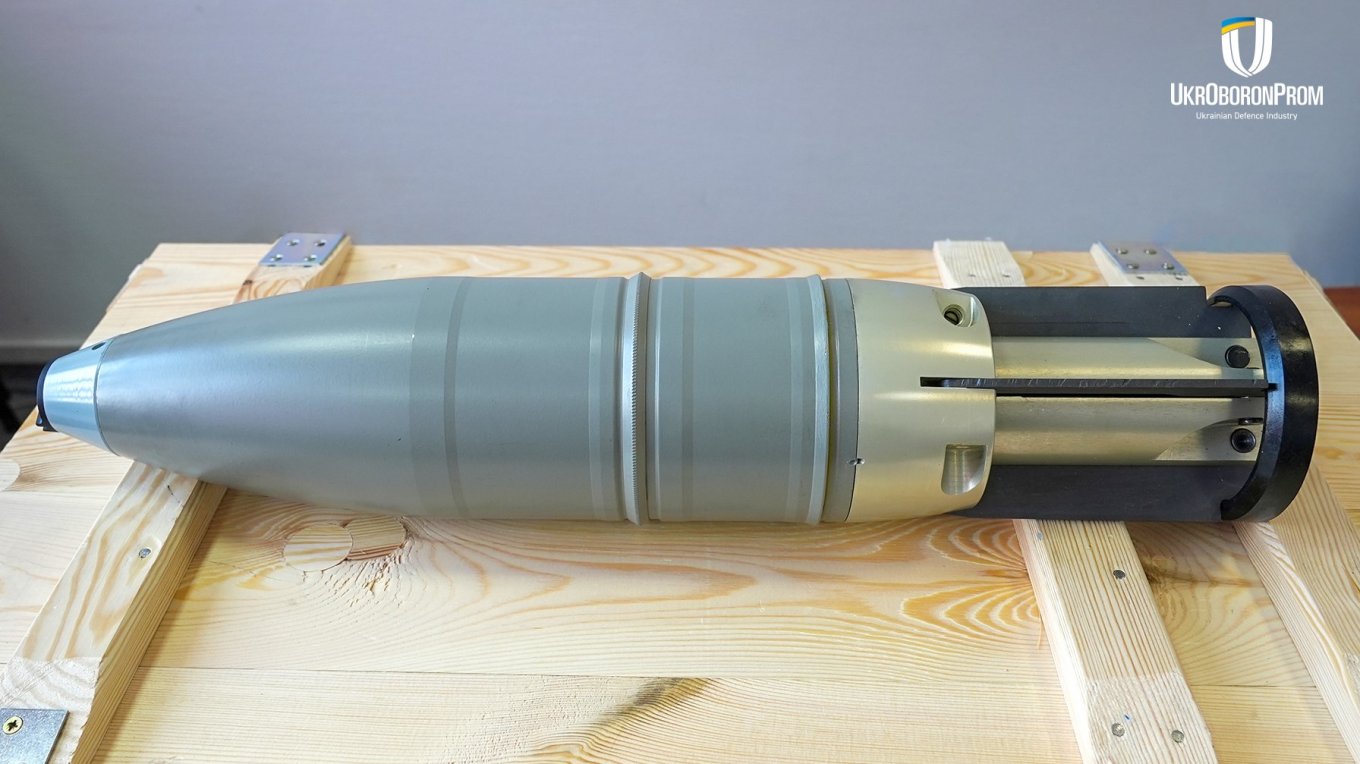
In addition, an important condition for the effectiveness of a high-explosive fragmentation projectile is the angle of encounter with the surface. Howitzers have high elevation angles of the barrel: 60-70 degrees, and the elevation angles of the tank gun are 13.5 degrees for the T-72, and 18 degrees for the T-55. Because of this, tanks in the role of self-propelled guns cannot physically hit targets on reverse slopes.
And the conventional 152-mm projectile is much more effective in terms of striking capabilities than the 125-mm tank projectile, which contains only 3.1 kg of explosives (in 3VOF22). This is less than in a 122-mm projectile, in which the mass of the warhead is 4 kg (in 3OF56). And when it comes to the use of T-54 or T-55 with a 100-mm cannon, the weight of the explosive substance in their high-explosive shells is 1.7-2.1 kg.

After all, to perform a similar task, tanks in the role of self-propelled guns need to use much more shells, and this rests on the ammunition. For the absolute majority of self-propelled guns, firing "from the ground" when additional shells are lying on the ground nearby is standard mode. There are exceptions, for example, the Swedish Archer. Tanks do not have such an opportunity, and replenishment of ammunition takes much longer.
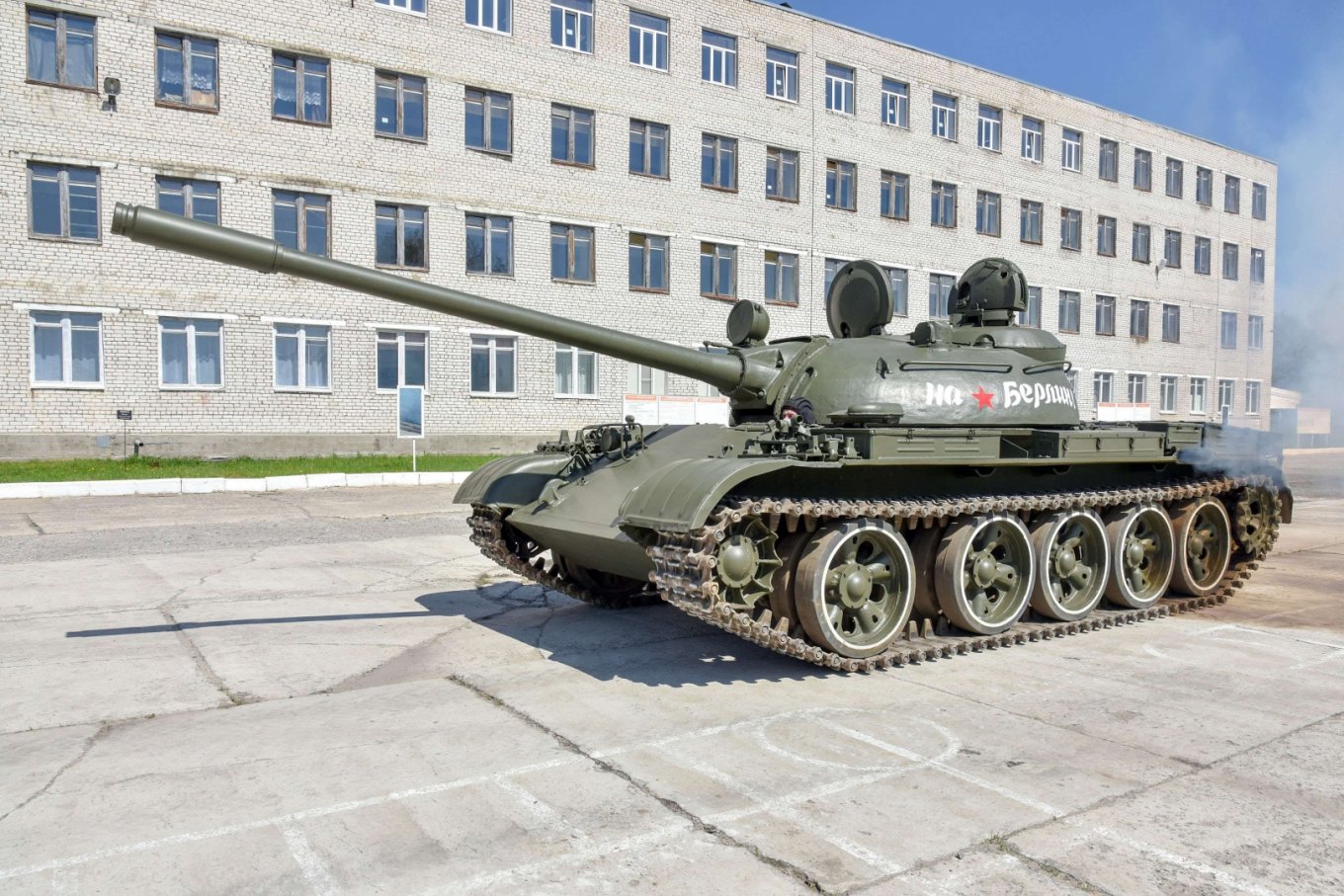
That is why even in the USSR, while it was still practiced, the use of tanks for firing from closed positions was actually an unusual use, carried out under the control of artillerymen, with constant adjustments and under conditions when it was necessary to increase the fire effect on the enemy.
It is neither economical nor efficient, and requires crews training. At the same time, this technique is really actively used in real battles, in particular by the Armed Forces of Ukraine, but they do it not for the sake of a good life.
Read more: Year After the Attack, Ukrainian Top Commander Shows the Missile Strike on russian Ships in Berdiansk Port (Video)




